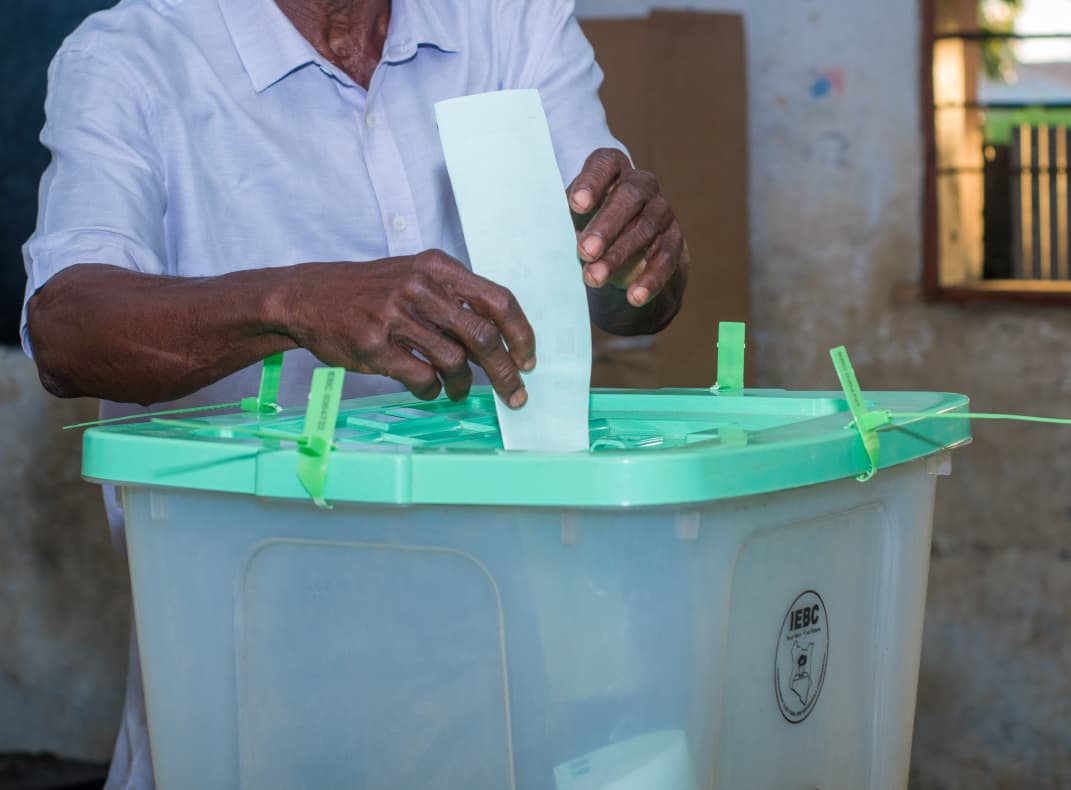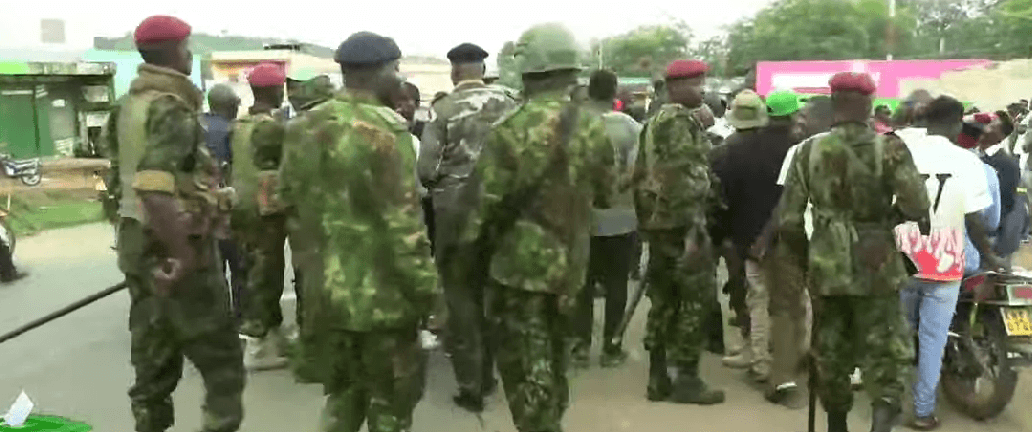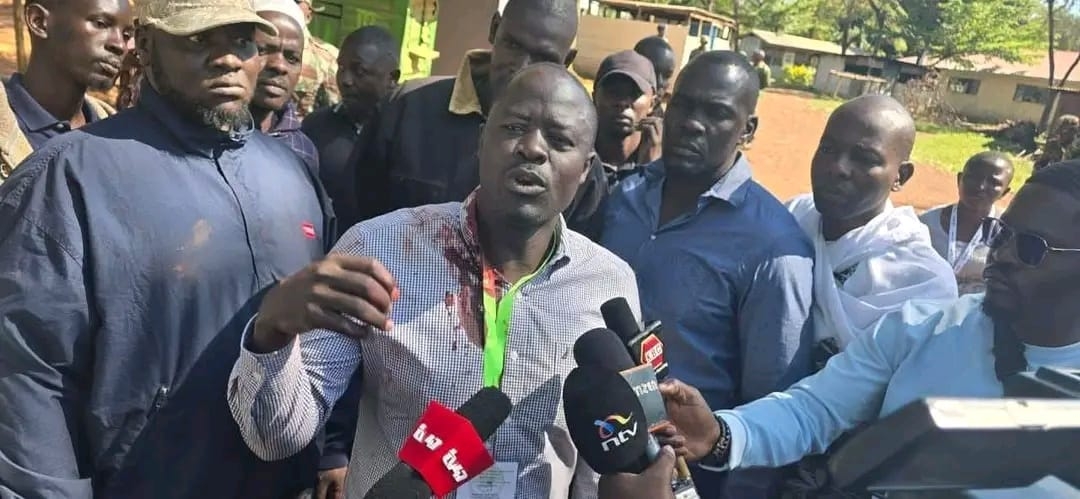

When polling stations close, usually at 5pm, unless voters are still in the queue, the voting phase ends, but the most critical part of the electoral process begins.
The Independent Electoral and Boundaries Commission (IEBC) has outlined a clear, transparent, and verifiable chain of steps.
This is to ensure every ballot is counted, secured, and accurately transmitted.
“After the close of polling, the Presiding Officer will open the ballot box, count the ballots, and tabulate the results,” IEBC says.
This is process is done in full view of agents, observers, and the media to guarantee fairness.
It should be noted that only accredited persons with identification and badges are allowed to access the centers and observe the tallying and declaration of results as per the IEBC rules.
“In cases where senior elected and party leaders would like to witness the tallying process, we urge all of them to respect the integrity and the importance of the Tallying centre and to accord our officials and security the necessary cooperation and support,” says the commission.
“We do not expect any leaders to engage in actions that could disrupt and delay the tallying and announcement of results.”
IEBC conducted today by-elections in 22 electoral areas across the country.
Here is what happens immediately after voting ends.
Closing and sealing of ballot boxes
Once the last voter casts their ballot, the Presiding Officer formally announces the close of voting. Ballot boxes are then sealed in full view of agents, observers, and the public.
Each seal has a unique number, which is recorded on official forms to prevent tampering. No one is allowed to open the boxes until counting begins.
Preparation for counting
The polling staff organises the station for the tallying process.
This includes clearing the area, arranging the ballots, ensuring agents from all parties are present and displaying the empty table for sorting.
Counting then begins immediately after the close of voting.
Sorting and counting of ballots
Ballot boxes are opened one at a time.
The ballots are sorted according to the candidate or choice, with every step done publicly.
Each ballot is displayed to agents and observers before being placed in the correct pile.
If there are disputed ballots, the Presiding Officer makes a determination guided by IEBC rules.
After sorting, votes are counted aloud, ensuring full transparency.
Recording results on Form 35A
When counting is complete, the results are entered into the official results form, Form 35A for polling station results.
The form must be signed by the Presiding Officer, signed by agents (they may refuse, and reasons are recorded), stamped and publicly announced and posted at the polling station door for the public to view.
Agents are then issued with copies.
This, according to IEBC is to enhance transparency.
Agents present, it said, should also be allowed to take photographs of the official results forms.
“A copy of the results form will be pasted at the polling station for public display,” IEBC says.
Electronic transmission of results
After the physical form is completed, the Presiding Officer takes a picture of Form 35A using the KIEMS kit and electronically transmits it to the IEBC constituency tallying center and the National Tallying Centre.
This transmission includes a scanned image of Form 35A, the results data and the polling station identification.
This step ensures results are captured before physical documents move.
Election or by-election results will be accessible to the public on the Commission’s results portal- https://forms.iebc.or.ke/
Transporting ballots and forms
Ballot boxes and the original Form 35A are then escorted by security to the constituency tallying center. The process is supervised and monitored to prevent interference.
Constituency tallying
At the tallying center the results from all polling stations are verified, forms are compared with transmitted data and a final constituency tally is prepared.
Once complete, the Returning Officer declares the constituency-level winners (e.g., MP), while other results (e.g., presidential) continue to the national level.
Handling of disputes
Any candidate dissatisfied with results can file a complaint through the IEBC dispute resolution mechanism (for administrative issues) or the courts (for petitions).


















